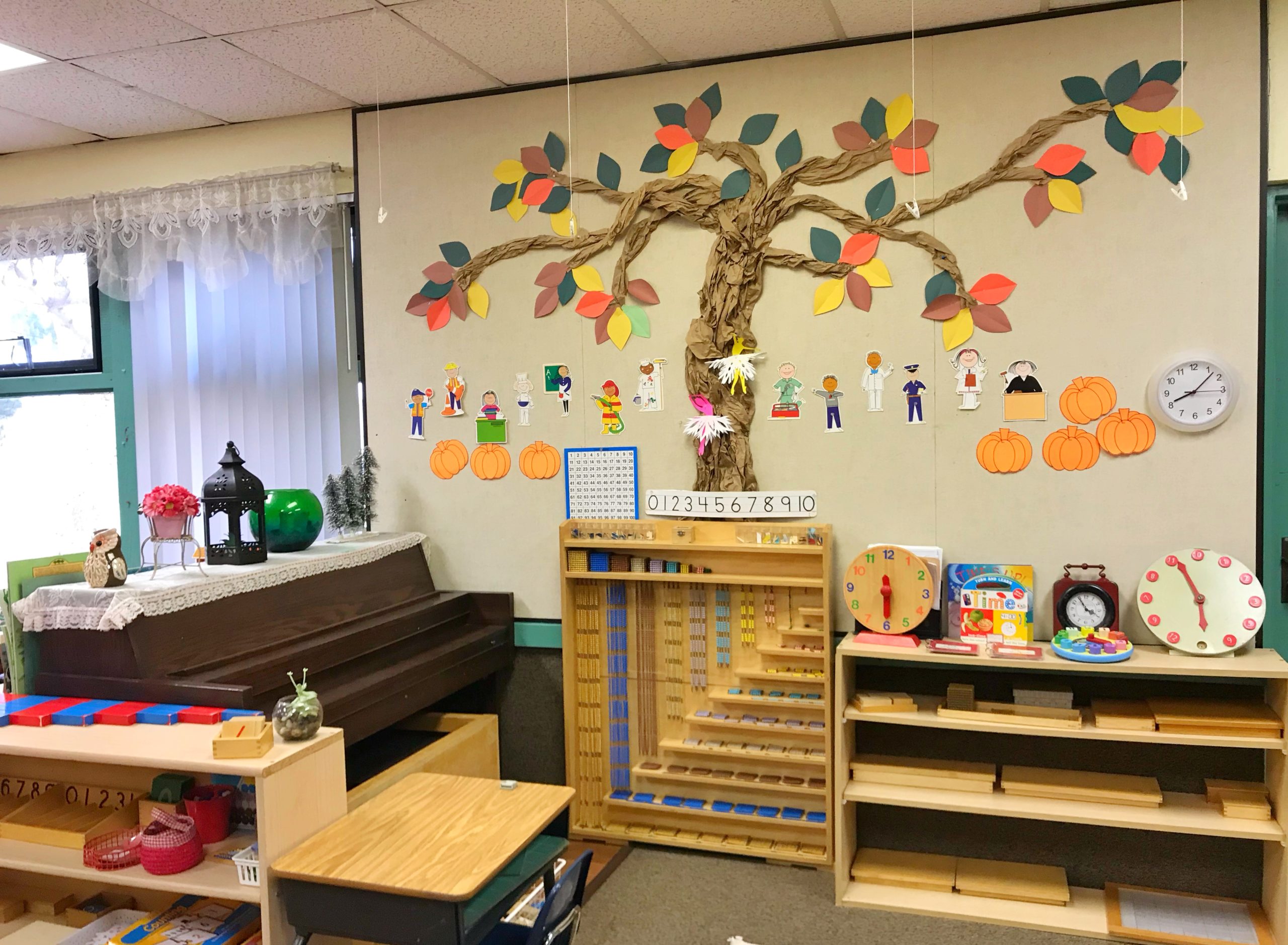
If you are a parent or caregiver, you have probably heard of or applied the famous silent game. This pastime is often used to try to keep the child ‘quiet’ after making a lot of noise or mischief. However, the game can be more useful for the child if applied with the Montessori method.
As we know, the teaching technique designed by Maria Montessori aims to support the child in their learning based on their own capabilities. Additionally, it provides a safe and trusting space for the child to learn to solve problems on their own. Likewise, thanks to its versatility, the Montessori methodology can be applied at home to achieve great advances in children’s development.
In this case, if you usually use the silent game as a measure for your child to stay quiet, you can start to modify the meaning of the activity and manage to emotionally connect with the child. On the other hand, if you have not used it yet and are looking for a way to find a moment of calm, the silent game is for you. Remember that at Central Montessori Schools (CMS) we have a personalized program and classrooms with an adequate number of students to give them the best attention. Additionally, we aim for children to be centered, independent, and innovative with the help of the Montessori method.
What is the silent game?
During her professional life, Maria Montessori published various books that helped in the formation and implementation of her methodology. One of them was ‘The Secret of Childhood,’ in which she helps parents and educators know how to give children tools to find their own selves. In this process, the educator points out that an important element for children’s learning is silence. This is because silence allows children to focus on their surroundings and their own thoughts. Additionally, with silence, they can find creative solutions to problems.
Likewise, the Montessori silent game seeks to connect children with their emotions. In fact, Maria Montessori recommended this activity for creative blocks and to teach children to detect and express their feelings and moods. This is because silence can serve as a relaxation mechanism and not as a punishment. Even punishments or sermons are not well received in the Montessori method, as psychologically these actions block the child’s progress. Additionally, Montessori teaching uses mistakes to its advantage so that the child learns to resolve the conflict without fear of making mistakes.
Another point in favor of the Montessori silent game is that the child will develop better attention and self-discipline. Even if the child is hyperactive or cannot sit still for a long time, this activity allows everyone to relax and focus on their own goals or feelings. Therefore, silence should not be used to silence the child just because they made a lot of noise, as it is more useful for achieving emotional connections. Likewise, parents or caregivers can participate in the game and be silent to solve their own problems.
How is the Montessori silent game played?

First, you should consider that achieving absolute silence can be difficult the first time, mainly for children. Therefore, they can practice by doing a timed minute of silence before playing the complete game. Additionally, you can ask your child to try to think about how they feel so that at the end of the minute, they can tell you about their experience.
Once we have mastered the minute, we can start playing. First, you will need to get some noise-making item or a musical instrument. Then, they should sit in circles; if it is just you and your child, you should sit facing each other. Subsequently, you will start singing ‘we have to stay quiet like’ and add a word; for example, you can say like a rock, like a statue, or like a building. After two or three repetitions of the phrase, everyone closes their eyes and you should play the instrument. This will be the signal that the game has started and no one can speak or make a noise.
After the first minute, you will need to ring the bell or play the musical instrument and take a break from the silence, either by making sounds or greeting each other. Subsequently, you have to close your eyes again and play the instrument, and so on until completing five minutes. At the end of the game, it is important to talk to your child about how they felt staying silent or if they heard any sounds around them.
It is recommended to practice this game once a day to achieve emotional balance in the child. However, if you notice that your child is restless, stressed, or has lost interest in an activity, you can play the Montessori silent game two or three more times throughout the day to help them reconnect. Additionally, this game is recommended for children from 2 years old, so from very young to older children can play to be calm and focused.
In conclusion, the Montessori silent game is very important to help children develop their concentration, attention, and self-control. Also, it is a good idea to create a relaxing atmosphere and connect with your child. Even if you had a bad day, you can resort to a minute of silence to calm down and focus. Do not forget that at CMS, we have workshops and special classes that can be resumed at home to continue with the progress of the children.




